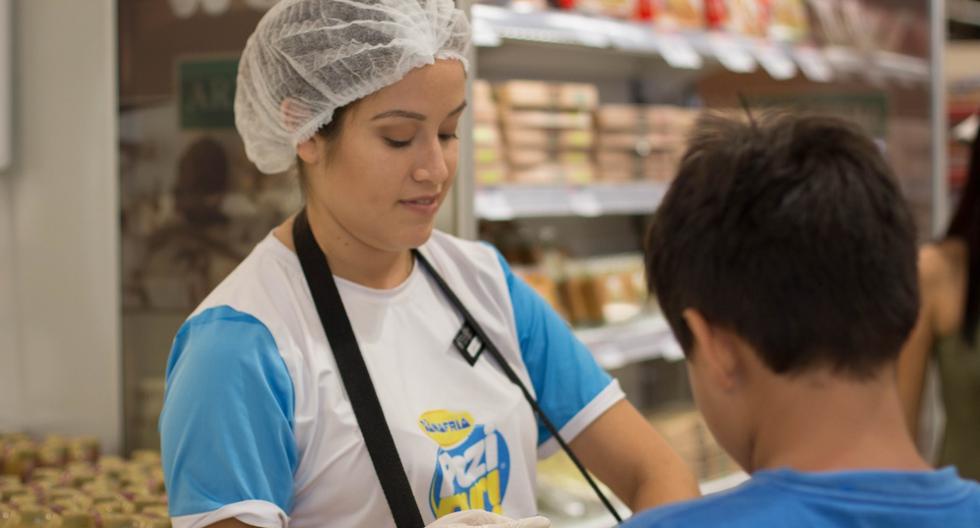With the arrival of the pandemic, the e-commerce It caused a series of changes in the traditional way of consuming products, both in supermarket halls and in department stores. Now that the health emergency is out, the retail is seeking to reconquer face-to-face buyers, deploying strategies so that they have a unique interaction with the products and turn the visit to the rooms into a multi-sensory experience.
According to figures from the Ministry of Production (Produce), sales in the sector increased by 1.2% year-on-year as a result of the continued dynamism in household demand and the improvement in the operations of companies in the sector, in addition to the implementation of new sales methods.
In this regard, Marcos Encalada, Business Manager Latam at Go by Touch, a company that provides HR services and Trade & Shopper Marketing solutions, comments on the 3 trends that will mark the last quarter of 2022 in retail, which must be based on the characteristics of the new consumer profile.
LOOK: More empowered customers: retail challenges to face the drop in consumption
Combine virtual with face-to-face
Attendance continues to be very important for the Peruvian market, therefore, companies must ensure that physical and virtual services adapt to customer needs and simplify purchasing processes. The former has the advantage that consumers can make a better selection of products and clarify their doubts instantly, in addition to receiving personalized advice and detailed demonstrations of their features and functionalities; while the second allows you to save time and obtain supplies in a single click. Under this scenario, what is relevant is to analyze how both worlds can be enhanced, maintaining a quality experience in both formats.
In-store innovation attracts the consumer
Currently, innovation is key to attracting face-to-face buyers, so stores must carry out activations that are increasingly attractive, creative, participatory and disruptive, generating an impact in the sales room. “Among them we can mention virtual Captadores (totem with a remotely controlled screen that allows communicating campaigns, boosting sales, delivering tastings, answering questions, among others), Shared Replenishment (based on technology and multi-brand replenishers specialized by categories, in addition to tasks ordered by priority) and Circular Projects (seek to satisfy the needs of customers throughout the entire supply chain, from eco-design, distribution, storage, reaching the point of sale), to name a few”.
Technology as a great ally
With the incorporation of technology and artificial intelligence in the sales process, we will see more and more smart stores, which will allow consumers to shop in places that are not staffed and where they will not have to go through a checkout. For example, in Go we are implementing Tokinomo by Touch, which is a sensing robot that combines light, movement and sound technology; helping to increase sales and brand recall. “With Tokinomo, sales campaigns have had an increase of 250% in the points where it has been installed, achieving interactions with two out of three customers,” says the executive.
Bearing this in mind, it is essential that the online and face-to-face channels are strengthened and synergies between them are generated. And it is that “Retail companies must reinvent themselves every day to create memorable experiences for the consumer, always leveraging innovation and technology, but above all people who are capable of highlighting the characteristics of the products and generating an experiential sale”he concludes.
RECOMMENDED VIDEO
:quality(75)/cdn.jwplayer.com/v2/media/9iFcDbmu/poster.jpg)

















